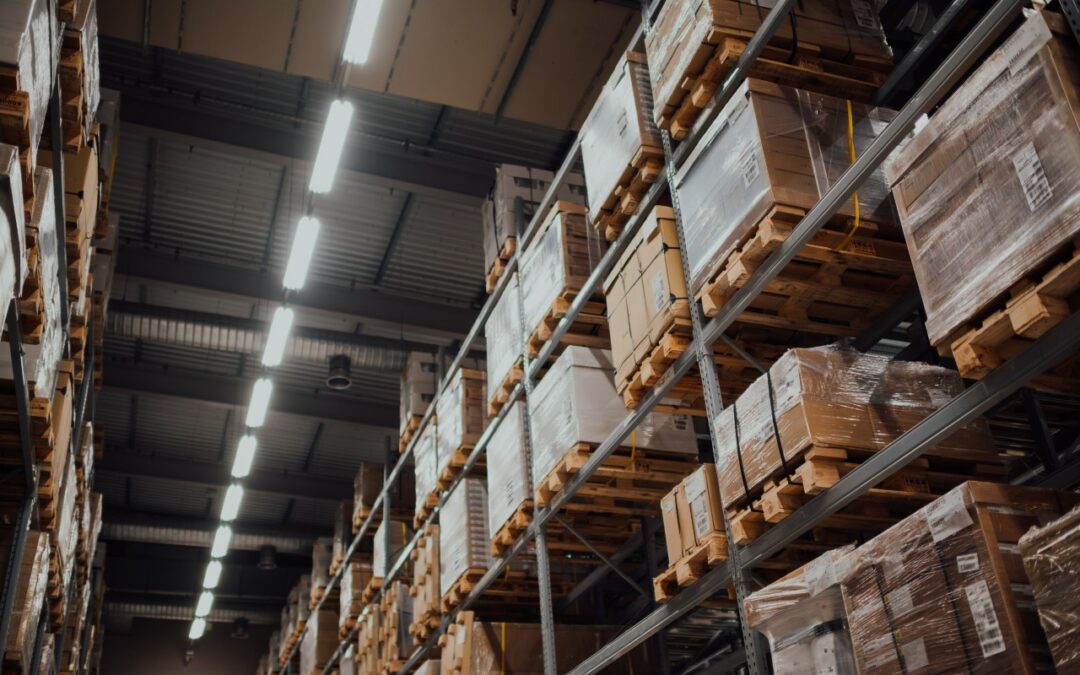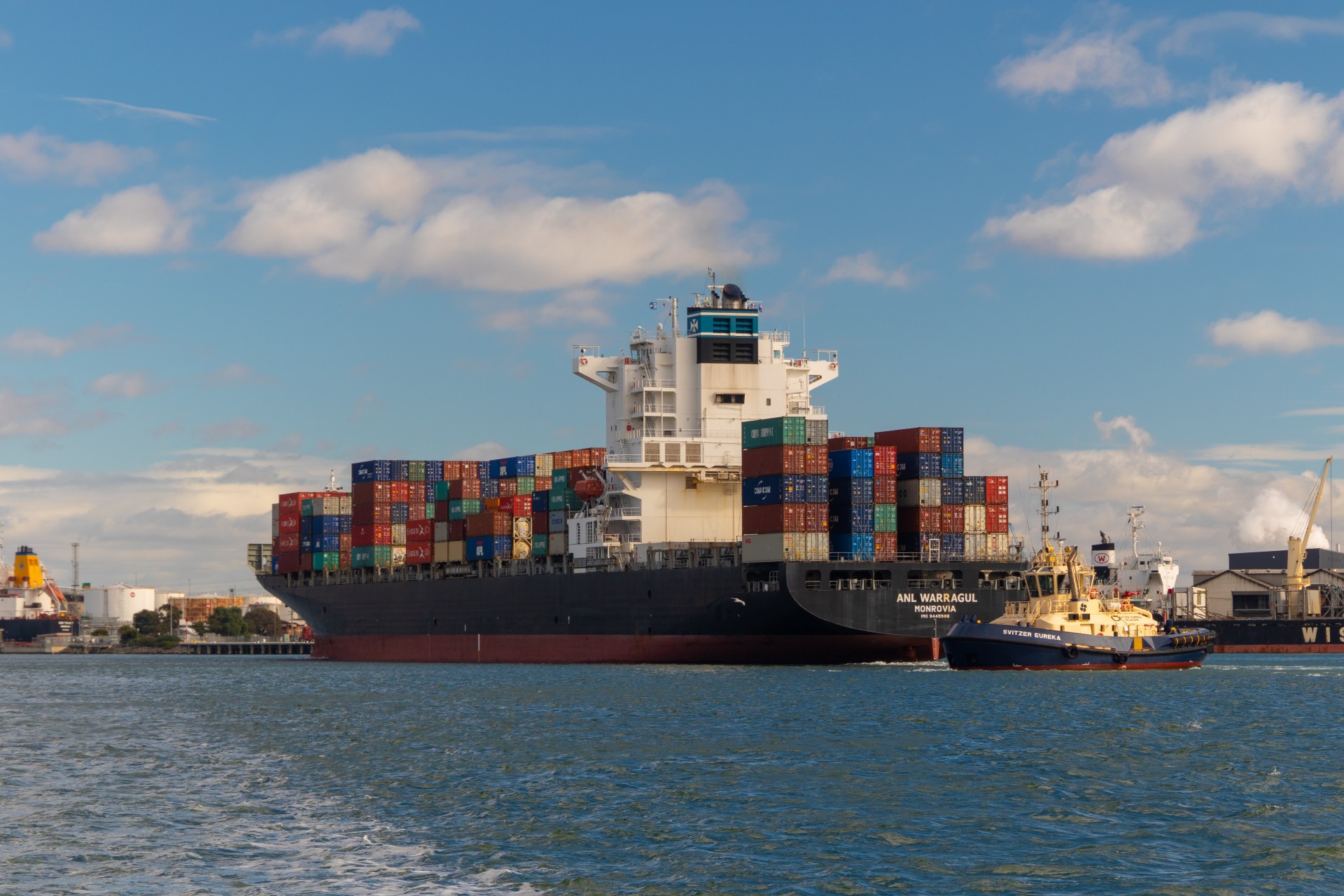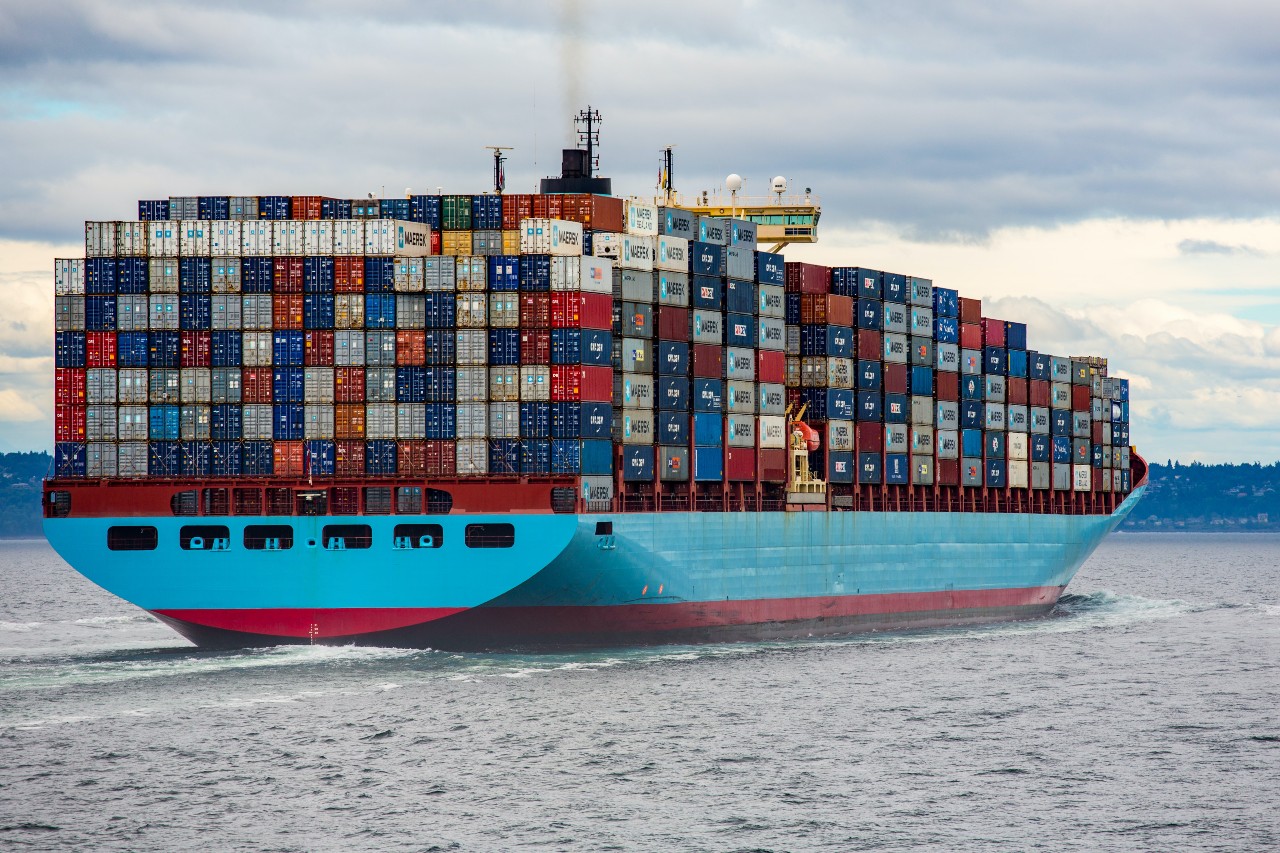At the end of September, the delegates from the United States, Canada, and Mexico came to a preliminary understanding for a new agreement that would supplant NAFTA called the USMCA. I’ve written about this previously, and today wanted to focus on one of the major changes: the rules of origin for automobiles.
What Are Rules of Origin?
The “rules of origin” are in place because of the specific nature of NAFTA. Since the signatory countries still maintain tariffs and trade barriers with countries outside of the agreement, there needs to be some way to determine if a specific product would be eligible for duty-free treatment in the spirit of the agreement.
They also prevent situations where, for example, a Canadian importer could take advantage of low tariffs from China by importing to Canada and then turning around the products for export to the United States to get duty-free treatment. The rules state that a certain percentage of the product must be produced by labor within the region or contain components originating from the signatory countries to be eligible for zero duties.
Auto manufacturing is one of the biggest industries affected by NAFTA rules, as supply chains run through multiple countries for parts and labor. Building cars and trucks is a major part of the economy of Canada’s largest province Ontario and so maintaining favorable rules was a major sticking point for their delegation.
Current Rules and Proposed Changes
Right now, the requirement is that 62.5% of the components and labor that go into making a vehicle must originate or take place in USA, Canada, or Mexico to qualify duty free. If they don’t hit that requirement, they are subject to a 2.5% duty.
After contentious negotiation, the three countries agreed that this would increase to 75%, putting pressure on automakers to increase their sourcing and manufacturing to the region. This has the potential for a major effect on companies with global supply chains who will now have to find ways to replace a significant amount of their foreign sourcing with domestic capacity that may or may not exist.
It is also notable that 40% of these goods will have to be made by workers that earn a minimum of $16 per hour, which is clear advantage for both Canada and the United States seeking to push back on the low cost of labor in Mexico.
How Does It Affect Duty Drawback?
There are two major ways we foresee this having an impact on drawback:
First, if this is ratified and manufacturers are unable to change their supply chains by the imposed deadlines, then they will begin to pay more duties that would later be eligible for drawback. If a major manufacturer suddenly had to begin paying 2.5% on US imports from their Ontario-based factories and eventually exported those cars, they would have considerably more duties eligible for refund.
Secondly, there would be more options to take advantage of the “lesser of the two” rule when it comes to exports from the USA to Canada and Mexico. Currently, if a component is imported into the USA duty paid, manufactured into a finished product, and then exported to the NAFTA zone, only the “lesser of the two” duties for import apply. Since NAFTA has made most products crossing NAFTA borders duty free, the “lesser” is “free,” essentially eliminating the potential. But if under USMCA’s more stringent rules they are unable to hit the 75% threshold, the 2.5% duty paid to Canadian or Mexican Customs would enter into the calculus and make refunds possible.
JMR Can Help
If you are unsure about your products’ eligibility for NAFTA treatment, have questions about rules of origin, or want to evaluate what your potential for drawback would be, please contact us. We can assist you with your Customs brokerage, export services, or duty drawback questions. Please reach out to our VP of Sales Andrew Galloway at agalloway@jmrodgers.com or 973-726-5340.




